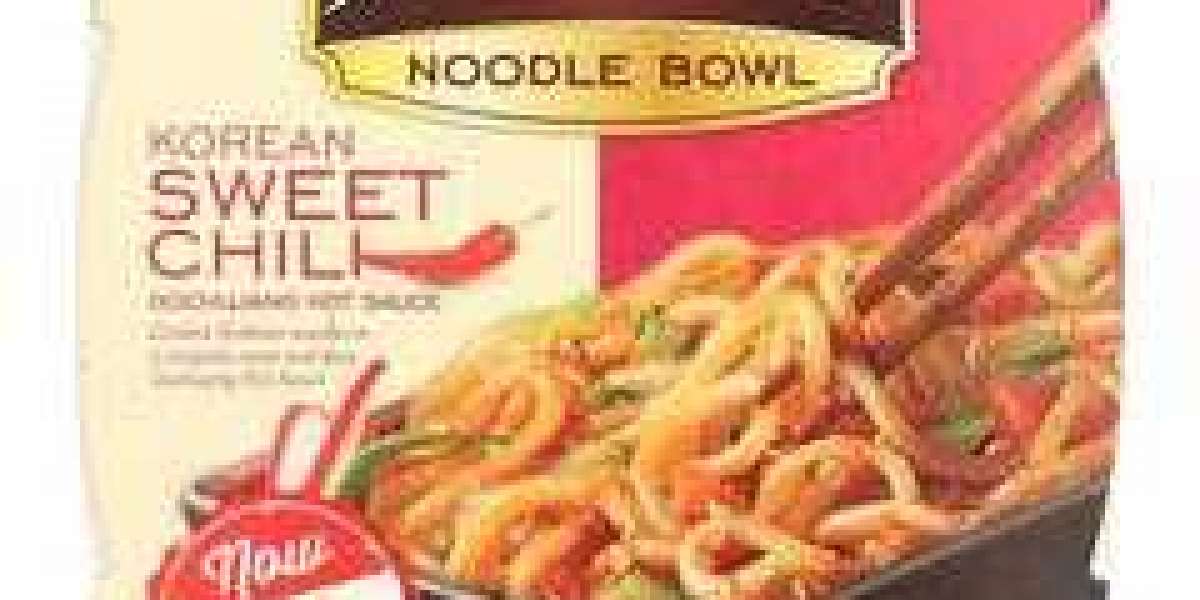Savory-tasting foods are the ones most people love the most, and it's why everyone from home cooks to world-famous chefs is fascinated by umami – the secret fifth taste we humans possess. The modern acceptance of umami began in Japan during the early 20th century and has gained popularity ever since. You'll find plenty of umami-rich foods at a Japanese market, but they're also present in other culinary traditions. For example, baked goods are known for their umami flavor, which explains why so many people love them. If you haven't already read about umami, search online and read a few articles.
As noted earlier, the umami taste detects savory flavor with tastebuds distinct from those that sense the other four – sweet, salty, sour, and bitter. The point of soy sauce is to add and enhance savory flavor in Asian cuisine. But there's also evidence from food historians that Europeans in the past understood it and made a fermented fish sauce that was known as garum and used widely. Umami is named for the early 20th-century Japanese scientist who isolated and identified it. Years passed before his work was accepted, but it is now, and scientists agree that there is a fifth taste, and we all can detect it.
A greater understanding of umami has led others to experiment with it and increase our appreciation of its role in flavoring the foods we love the most. What was isolated initially are amino acids, and they are the basis of what creates the umami flavor. It's present in human breast milk and many other salty-sweet foods most of us love, including baked goods. Butter is rich in amino acids, and the browning that occurs on the outside during baking brings out umami. What's true is that umami turns up in many of the most loved and eaten foods around the world; in all cuisines and food traditions.
In many places, but especially in the United States, there has been considerable reporting about the chemical food additive monosodium glutamate. It is the chemical version of umami and was widely added to foods in the 1950s, '60s, and '70s until people began to reject it. Some were against MSG because of allergies, and others because they prefer not to eat foods with chemical additives. The more recent explorations of umami have been about bringing out the flavor naturally through cooking and adding flavorings like soy sauce. If you love to cook, umami is something to learn more about.














